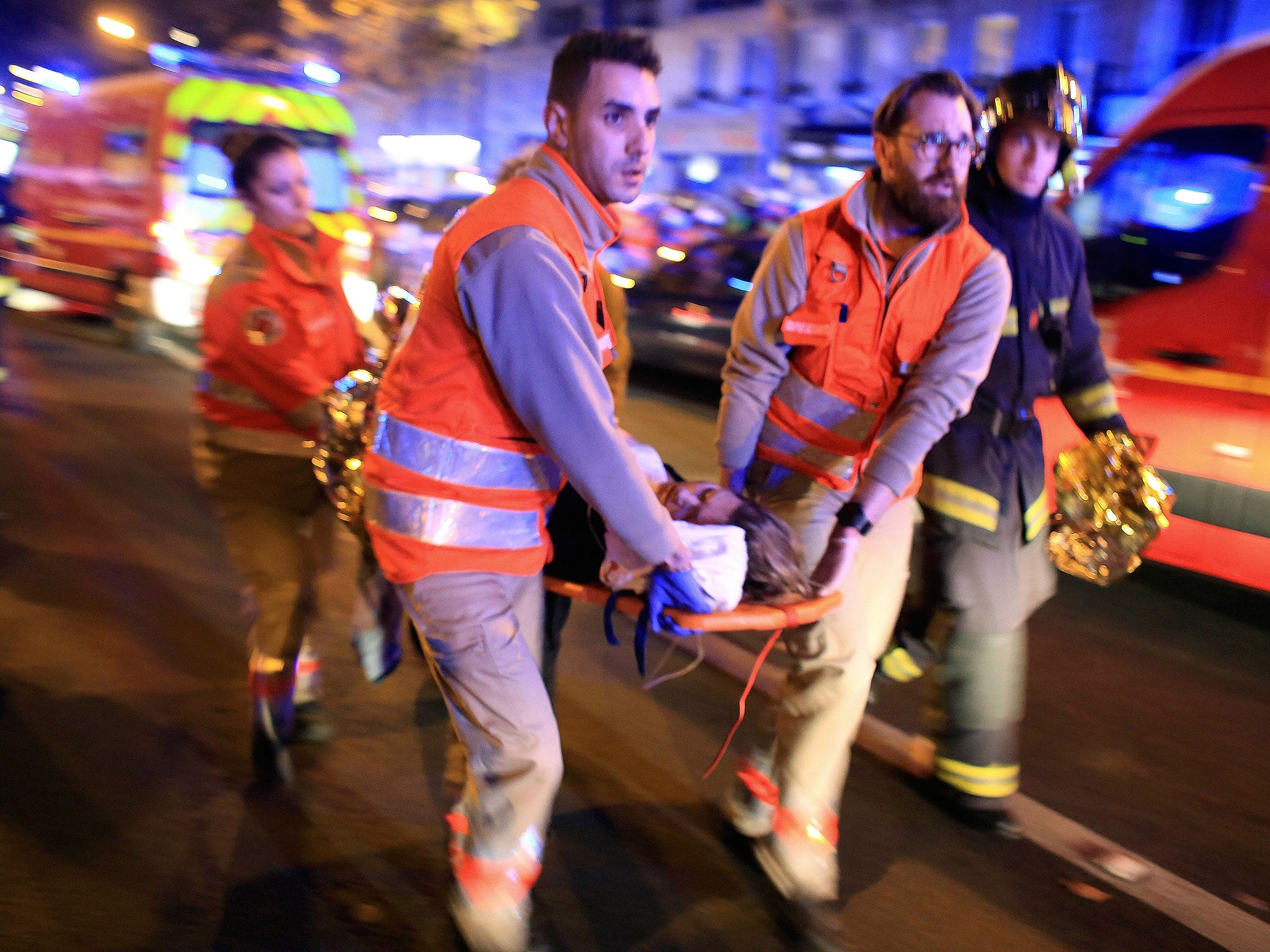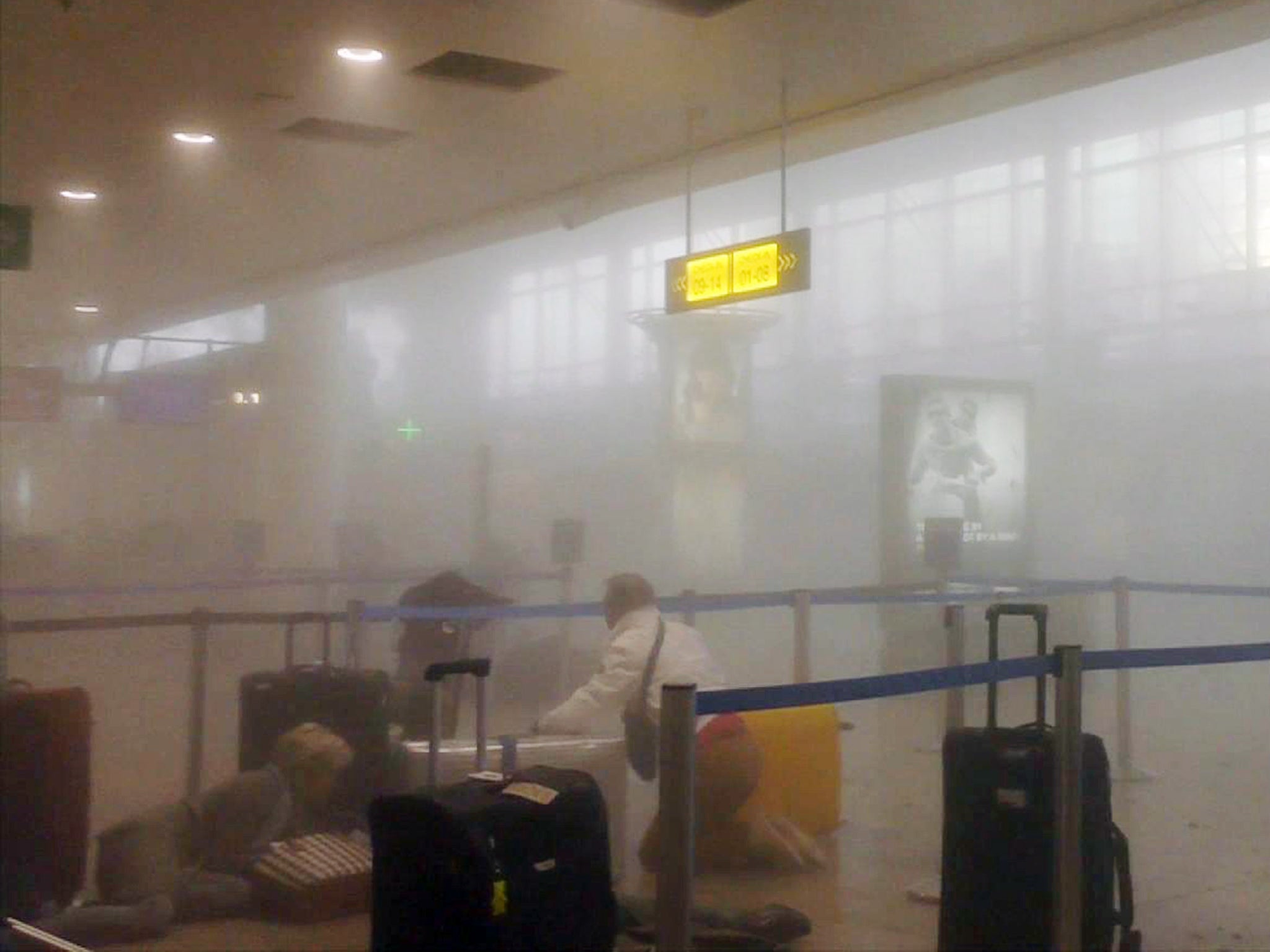Isis could exploit security 'weaknesses' to bring weapons into UK for terror attacks, review warns
Lord Harris calls on Government to do more to prevent weapons being brought into country

The Government must urgently increase measures to prevent extremists from exploiting security “weaknesses” to bring weapons into the UK, a counter-terror report has warned.
A review of London’s readiness to respond to a Paris or Brussels-style atrocity listed 127 recommendations to combat the threat posed by Isis supporters and other groups.
Lord Harris of Haringey, who was appointed to undertake the review by Sadiq Khan, said the most significant terror threat was of a “marauding terrorist firearms attack” (MTFA) using guns, grenades, suicide bombs, sieges and hostage taking.

“Such tactics would stretch emergency service resources, and contribute to the confusion and panic created. If such an attack did occur, multiple casualties would be inevitable,” said his report.
“The diversity of these attacks, and the introduction of new methods by terrorists, means that we need to be prepared not only for those types of attacks we have seen before, but also for attacks the nature of which we cannot yet know.”
At least 850 jihadis are believed to have travelled from the UK to join the so-called Islamic State in Syria, with around half having returned to pose a new and intensified threat on home soil.
Authorities are also vigilant over signs of online radicalisation and “lone wolf” attacks, like those in Nice and Orlando, as bomb-making and attack manuals continue to circulate on the internet.
London has been listed as one of many global targets by Isis in online propaganda videos and the report said the volume of icons, tourist attractions and government buildings, as well as a busy transport system and large public events, made individual targets difficult to predict.
Fifty of the 73 highest-risk crowded places across the country are in London, with any attack in the capital likely to have a significant impact on the national economy, possibly costing losses of up to £1 billion.

Several terror plots have been thwarted in the past year but Lord Harris said the UK should not become “complacent” about counter-terror efforts, particularly at borders including St Pancras International railway station, Heathrow and London City Airports and the River Thames.
Guns are more difficult to acquire here than elsewhere in the world, but London is not “firearms-free”, the review warned.
"There are real concerns about how potentially easy it might be for terrorists to bring firearms into the UK,” Lord Harris said.
"Our borders are not as secure as they should be and much greater efforts should be made to prevent the illegal transportation of weapons and people into the country.
"It would be naive in the extreme to assume that would-be terrorists will not attempt to exploit any such weaknesses."
An increase firearms discharges has been recorded in London, with July and August, seeing 202 recorded by Scotland Yard, compared with 87 in the same months last year.
Lord Harris called for enhanced searches of cars and freight entering the country and increased aerial surveillance by the Border Force, National Crime Agency (NCA) and police, but did not recommend any increase in the number of armed officers.
He added: “It is vital to ensure that there is neither unnecessary duplication between the organisations, nor that gaps emerge because of a lack of sufficient coordination.”
His other recommendations included barriers to protect against “hostile vehicles” like the lorry used in Nice, London-wide public alert technology, CCTV on all underground and mainline trains, increased security on the River Thames and extra resources for the London Ambulance Service.
Lord Harris, the former chair of the Metropolitan Police Authority, also called for police and security services to work with businesses, local authorities and residents in the capital on how to prevent a terrorist attack and what to do in the event of one.
“The quality and effectiveness of the work done by the intelligence services and the counter-terrorist police is amongst the best in the world, and if London were subject to a terrorist attack today, our emergency services response would be substantially faster than five years ago,” he said.
“Nevertheless, a serious terrorist attack remains highly possible and we cannot be complacent.
“London needs to become a city where security and resilience is designed in and is part of the city’s fabric, and where everyone who lives and works here sees security and resilience as their responsibility just as much as it is for the emergency services and civic authorities.”
Mr Khan, who commissioned the review after taking office as Mayor of London, praised the work of emergency services and security forces.
“There is more that can be done by a wide range of organisations, and Lord Harris’s many recommendations deserve careful consideration and exploration over the coming months so we can take steps to ensure we are as prepared as possible,” he added.
The report was released on Friday, just days after counter-terror measures were mobilised over a chemical incident at London City Airport and a device found on a Tube train at North Greenwich, which the suspect has claimed was a prank.
The UK’s threat level remains at severe, meaning a terror attack is considered highly likely.
Join our commenting forum
Join thought-provoking conversations, follow other Independent readers and see their replies
Comments